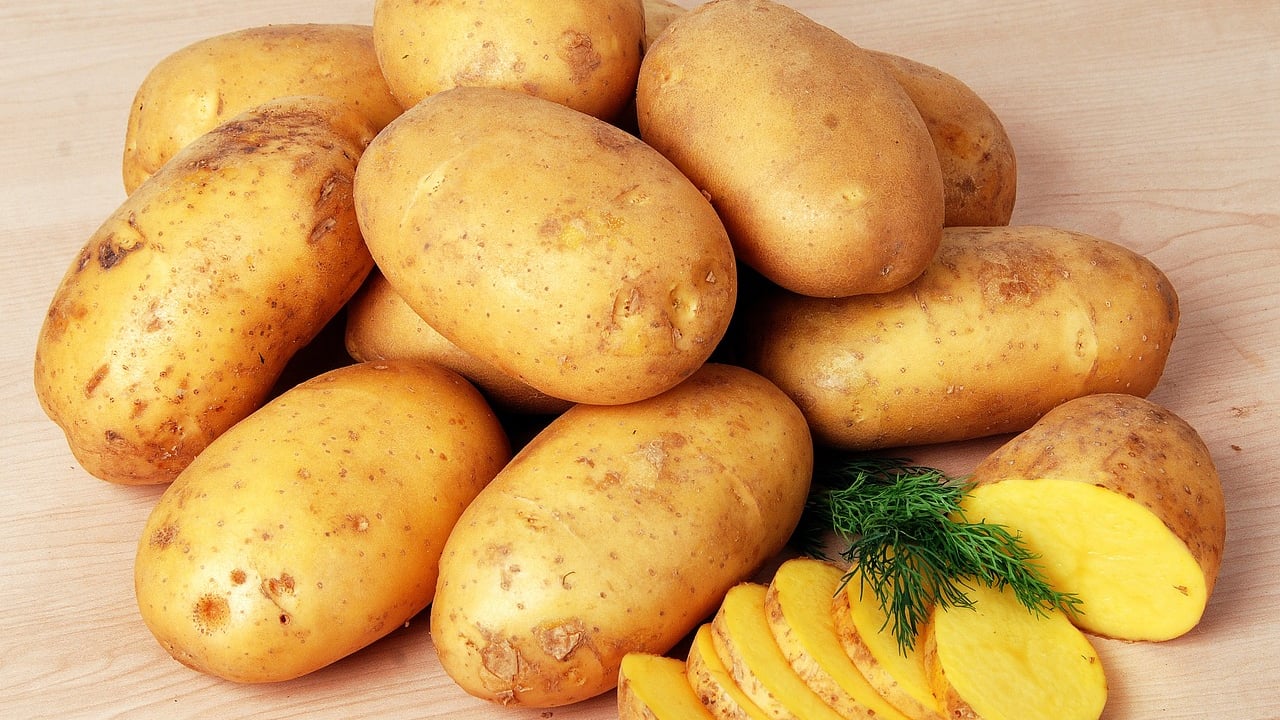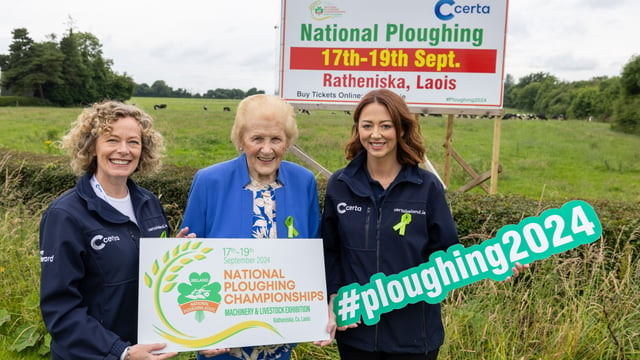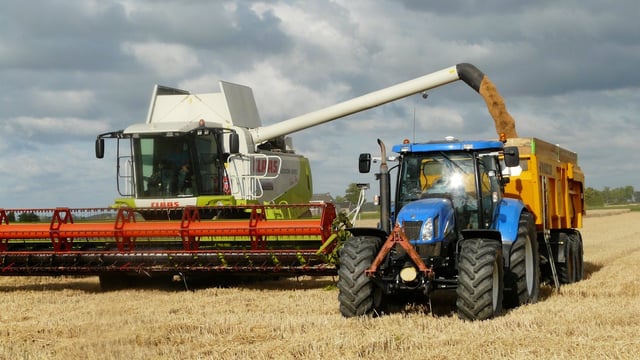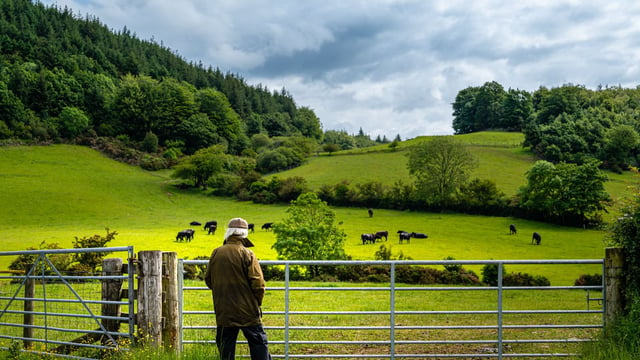Early season potato harvest now in full swing
The early season potato harvest is now well underway with crops yielding well. Eating quality is also good, according to the latest information from Teagasc.
“First earlies, such as Home Guard, are now through the system,” Teagasc potato specialist, Shay Phelan told Agriland.
“Growers in places like Co. Wexford are now harvesting crops of Queens. The recent rainfall and rise in temperatures mean that tuber dry matters are increasing. And, as a consequence, eating quality is also on the rise."
Phelan is predicting that the first of the 2024 Rooster crops will be harvested during August,
“Most main crops were planted out quite late this year. However there were some early crops of Rooster established back in April," he continued,
“But growers would like to have all of their earlies lifted before tackling the main crop harvest."
Meanwhile, the price of potatoes seems to be holding up well in the shops at the present time.
The Teagasc representative has inspected a number of main crop potatoes over recent days.
“I thought tuber numbers were a bit on the low side,” Phelan said. “But this might not be a bad thing as it will allow potatoes to bulk up well over the coming weeks.
Meanwhile, Shay Phelan is strongly advising potato growers to be ever vigilant, where the threat of blight is concerned.
“We are still very concerned about the impact that the EU 43 variant of blight could have on potato crops," he said.
Teagasc is asking potato growers to be on the lookout for blight within their crops that does not seem to be controlled by applied fungicides.
“We are also in contact with amateur potato growers on this issue. Samples of leaves containing the blight fungus are already being sent to Teagasc Oak Park," Phelan stated.
“This is allowing scientists to identify the variants of blight that are active in Ireland at the present time. And we are asking that growers should continue to supply infected crop material for analysis.”
EU43 is a particularly virulent form of blight, which has shown resistance to most of the fungicide chemistries currently available.
“It is vitally important for potato growers to maintain their blight control strategies in full. And this means using combinations of all the blight chemistries currently available in the most effective manner possible," Phelan stressed.
EU43 did tremendous damage to potato crops in Denmark in 2022 and was equally impactful in the Netherlands last year.
Isolates of the blight genotype were identified in potato crops growing at Teagasc Oak Park, Co. Carlow last autumn.
“Hopefully we can learn from the Danish and Dutch experiences, where E43 is concerned. Irish potato growers must make best use of the blight chemistries available now.
“It could be at least three to four years before new fungicides are commercially available," he concluded.





